Not-so-sudden Impact: Waymo Patents a Softer-crashing Car to Safeguard Pedestrians

Autonomous vehicles are being billed as a safer alternative to human-controlled transportation and, assuming the hardware functions as intended, that’s likely to be the case. But eventually a self-driving car is going to smack into a pedestrian and no company wants to hold the honor of being first.
Google’s autonomous vehicle arm, Waymo, is working on a solution to mitigate the liabilities associated with such an incident by patenting a softer car.
While the application wouldn’t necessarily have to be reserved for futuristic computer-driven automobiles, some level of digital analysis would need to be used for the system to work. Essentially, the vehicle in question would use a series of “tension members” to maintain or modify its structural rigidity — primarily rods or cables. If it collides with a harder surface, the system opts to keep things more rigid upon impact. But if the on-board systems detect something fleshy, the car’s structural rigidity is softened up.
“For example, if it is determined that a bicyclist is about to strike the hood and front bumper of the vehicle, the tension may be reduced for the tension members associated with the hood and front bumper, so as to reduce the rigidity of those surfaces,” reads the patent filing.
Since even the best self-driving car has to cope with the physics of stopping distances, the technology could be useful if it actually works. Still, implementing it might be tricky, as the design would require a fairly complex network of wires and rods in order to function. The patent’s explanation is varied and rather vague as to how the computers would control the assembly, and the diagrams aren’t much better.
Taken from the patent filing, the above photo represents a bumper (with the top being the forward facing edge) with cables and tensioners outfitted within. Depending on the type of object the vehicle’s sensors indicate it’s about to impact, slack can be added or removed from the cables to achieve an optimal surface strength.
It sounds needlessly complex, but the same was likely said of anti-lock braking and windshield wipers when they were first drummed up in someone’s imagination.
This isn’t the first time Waymo has considered pedestrian safety in strange new ways. The Mercury News, which first spotted the patent, also referenced an earlier concept where an adhesive layer would be applied to a vehicle’s hood, causing a struck individual to stick to the vehicle “in a manner similar to flypaper, or double-sided duct tape.” The goal here is that a pedestrian adhered to the hood of a vehicle isn’t in danger of being knocked into traffic, only to be hit again.
Despite possessing an admirable objective, that remains, quite possibly, one of the dumbest ideas I’ve ever heard.
[Image: Waymo]

A staunch consumer advocate tracking industry trends and regulation. Before joining TTAC, Matt spent a decade working for marketing and research firms based in NYC. Clients included several of the world’s largest automakers, global tire brands, and aftermarket part suppliers. Dissatisfied with the corporate world and resentful of having to wear suits everyday, he pivoted to writing about cars. Since then, that man has become an ardent supporter of the right-to-repair movement, been interviewed on the auto industry by national radio broadcasts, driven more rental cars than anyone ever should, participated in amateur rallying events, and received the requisite minimum training as sanctioned by the SCCA. Handy with a wrench, Matt grew up surrounded by Detroit auto workers and managed to get a pizza delivery job before he was legally eligible. He later found himself driving box trucks through Manhattan, guaranteeing future sympathy for actual truckers. He continues to conduct research pertaining to the automotive sector as an independent contractor and has since moved back to his native Michigan, closer to where the cars are born. A contrarian, Matt claims to prefer understeer — stating that front and all-wheel drive vehicles cater best to his driving style.
More by Matt Posky
Latest Car Reviews
Read moreLatest Product Reviews
Read moreRecent Comments
- Probert They already have hybrids, but these won't ever be them as they are built on the modular E-GMP skateboard.
- Justin You guys still looking for that sportbak? I just saw one on the Facebook marketplace in Arizona
- 28-Cars-Later I cannot remember what happens now, but there are whiteblocks in this period which develop a "tick" like sound which indicates they are toast (maybe head gasket?). Ten or so years ago I looked at an '03 or '04 S60 (I forget why) and I brought my Volvo indy along to tell me if it was worth my time - it ticked and that's when I learned this. This XC90 is probably worth about $300 as it sits, not kidding, and it will cost you conservatively $2500 for an engine swap (all the ones I see on car-part.com have north of 130K miles starting at $1,100 and that's not including freight to a shop, shop labor, other internals to do such as timing belt while engine out etc).
- 28-Cars-Later Ford reported it lost $132,000 for each of its 10,000 electric vehicles sold in the first quarter of 2024, according to CNN. The sales were down 20 percent from the first quarter of 2023 and would “drag down earnings for the company overall.”The losses include “hundreds of millions being spent on research and development of the next generation of EVs for Ford. Those investments are years away from paying off.” [if they ever are recouped] Ford is the only major carmaker breaking out EV numbers by themselves. But other marques likely suffer similar losses. https://www.zerohedge.com/political/fords-120000-loss-vehicle-shows-california-ev-goals-are-impossible Given these facts, how did Tesla ever produce anything in volume let alone profit?
- AZFelix Let's forego all of this dilly-dallying with autonomous cars and cut right to the chase and the only real solution.

















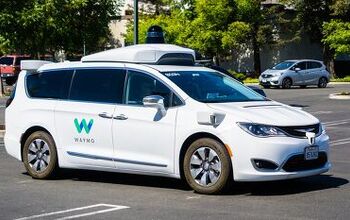

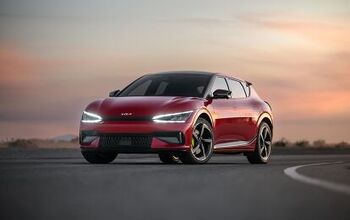

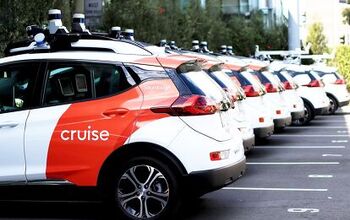


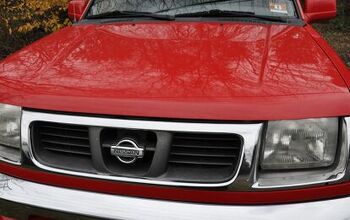

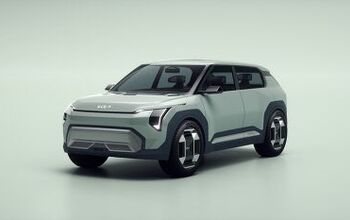
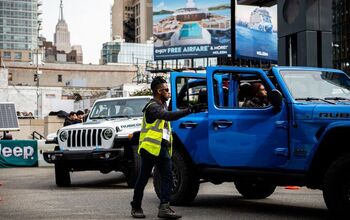
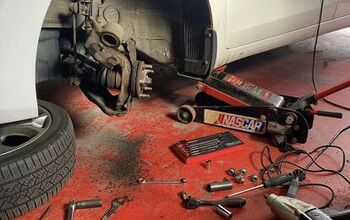




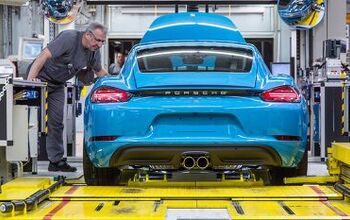

Comments
Join the conversation
Think: 4-wheeled Baymax.
Google delenda est. Bring back zombie Judge Harold Greene to bust the trust like he did with Ma Bell. That sure turned out OK. Lets see what Waymo can do absent corporate constraints.